Wilderness Gardening: Mastering The Art of Surviving with Pioneer Techniques

In the early days of America, pioneers had to rely on their own resources to survive. Growing a garden was a crucial component of sustaining life, providing fresh produce for the family and preserving food for the winter months. Pioneer survival gardening was a difficult but necessary task, and it required specific knowledge and techniques to ensure a successful harvest.
The first step in pioneer survival gardening was choosing the right location. Pioneers typically looked for land with good soil, plenty of sunlight, and access to water. They also had to take into account potential threats, such as wild animals or flooding. Once the perfect spot was found, they had to clear the land of trees and brush, a process that could take weeks or even months.
After clearing the land, pioneers then had to prepare the soil for planting. This involved using a plow to turn over the dirt and loosen it up, creating rows for planting. They often added manure or compost to enrich the soil and improve its fertility. In areas where the soil was poor, pioneers also dug trenches and filled them with manure, creating a method known as “trench gardening.”
One of the biggest challenges of pioneer survival gardening was dealing with pests and diseases. Without access to modern pesticides and fungicides, pioneers had to rely on natural remedies and preventative measures. They often rotated crops, planting different types of vegetables in different areas each year to prevent soil-borne diseases. They also used companion planting, which involved planting certain crops together to repel pests or attract beneficial insects.
Watering was another critical component of pioneer survival gardening. Pioneers often relied on rainfall to water their crops, but in areas with little rainfall, they had to manually irrigate their gardens. This involved using buckets or handmade irrigation systems, such as a “drip tape” made from cloth or animal skins. They also used mulch, such as straw or leaves, to retain moisture in the soil and prevent evaporation.
Preserving the harvest was crucial in pioneer life. Pioneers often canned, dried, or fermented their surplus produce to ensure a steady supply of food throughout the winter months. They also stored vegetables in root cellars, which were built underground and kept at a cool temperature to prevent spoilage. Canning involved boiling vegetables in glass jars with vinegar or saltwater, while drying involved hanging vegetables out in the sun or using a dehydrator.
In addition to vegetables, pioneers also grew fruit and nut trees as part of their survival gardening. Fruit trees provided a source of vitamins and nutrients, as well as a way to make jams, jellies, and preserves. Nut trees, such as walnut and pecan, provided a valuable source of protein and fat.
Pioneer survival gardening was a critical component of life in early America, providing a sustainable source of food for families who had to rely on their own resources to survive. Today, many people are rediscovering the benefits of gardening for their own health and well-being, as well as for the environment. By embracing the techniques and knowledge of pioneer survival gardening, we can learn to grow our own food, take care of the land, and live a more self-sustaining lifestyle.
The Author:
Pioneerthinking.com – Ingredients for a Simple Life.
Photo. Gordon Johnson

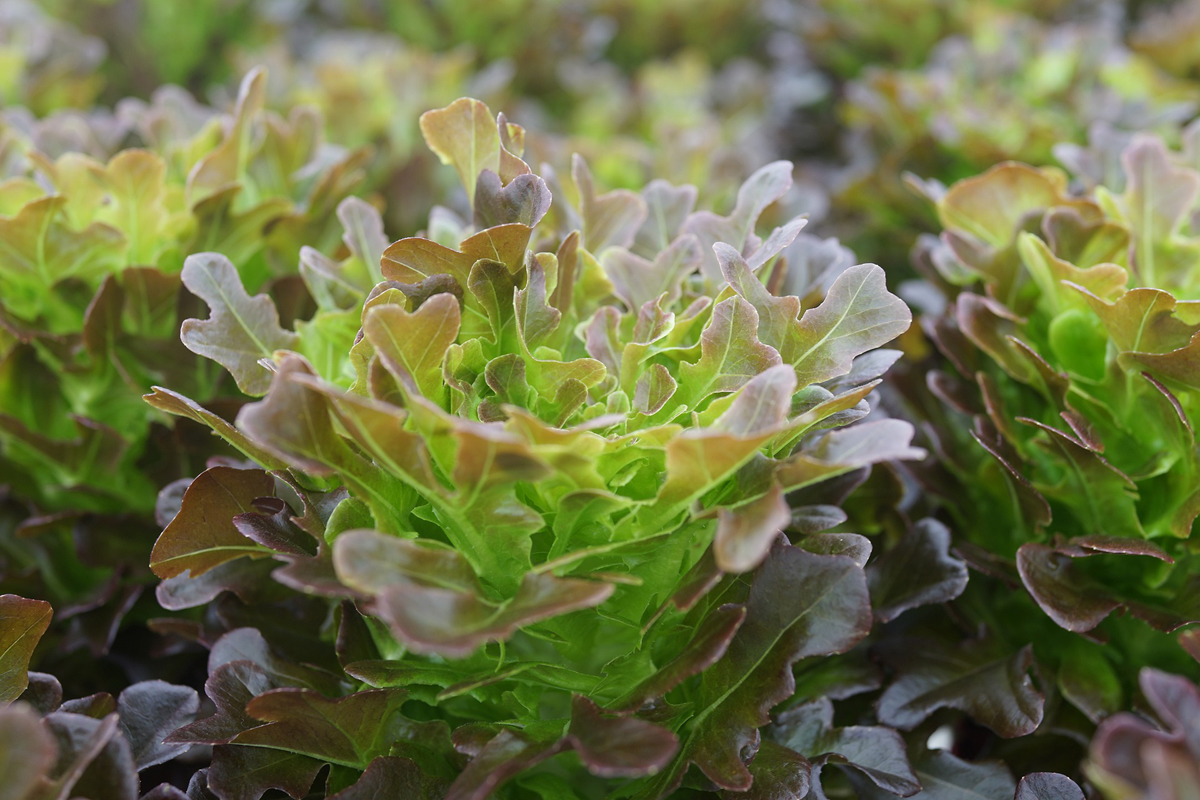
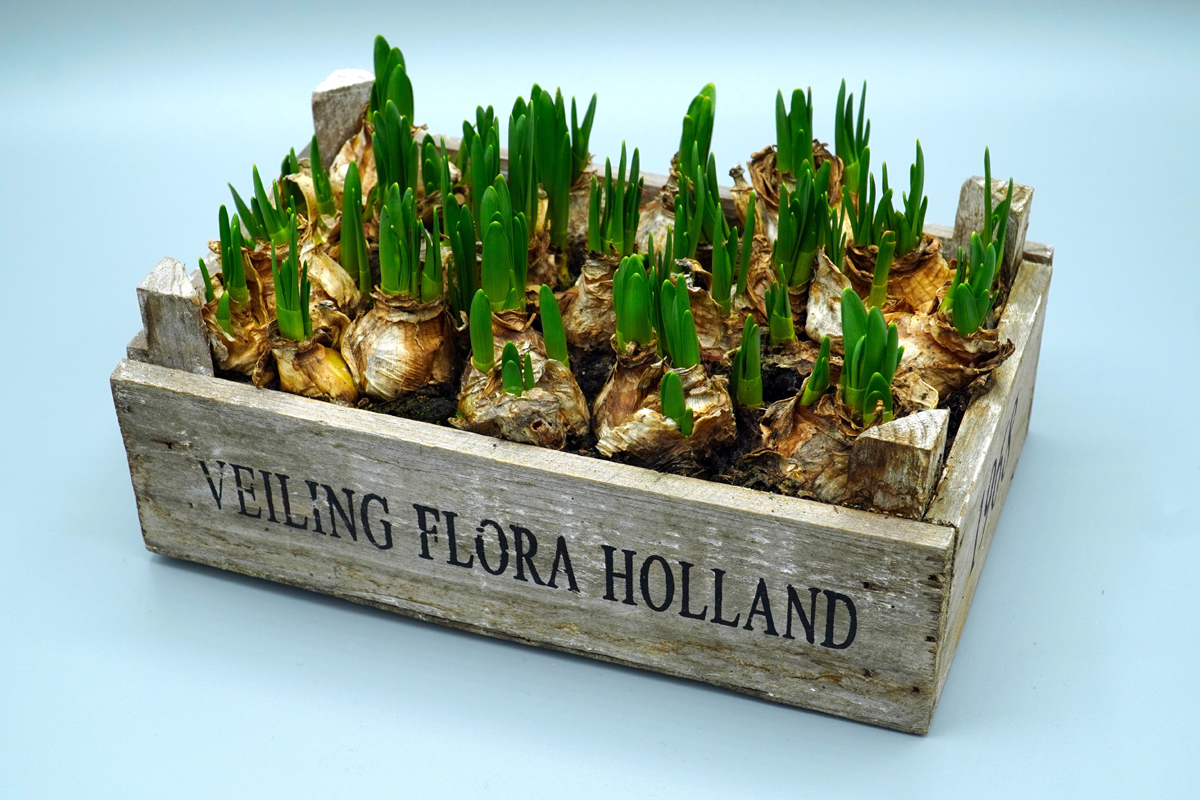
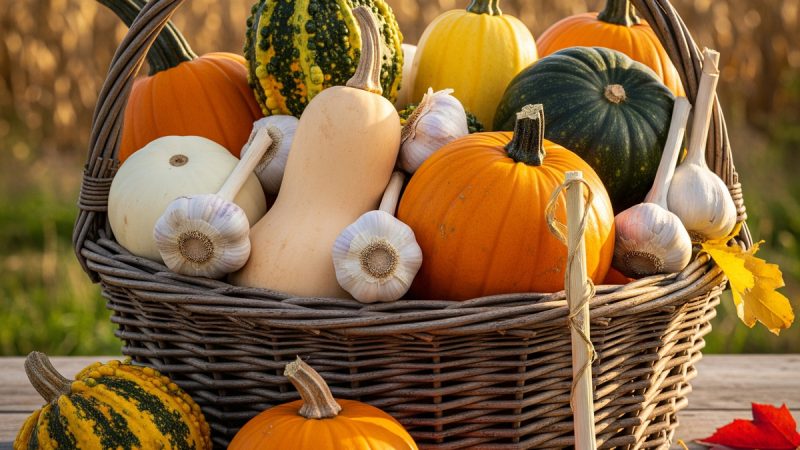
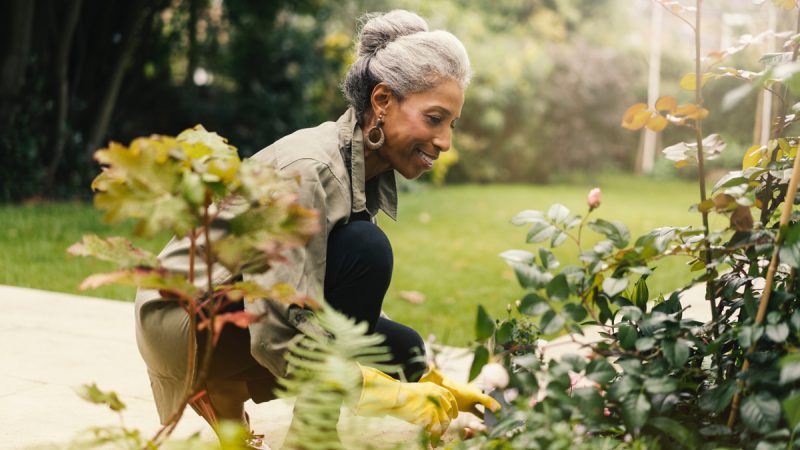
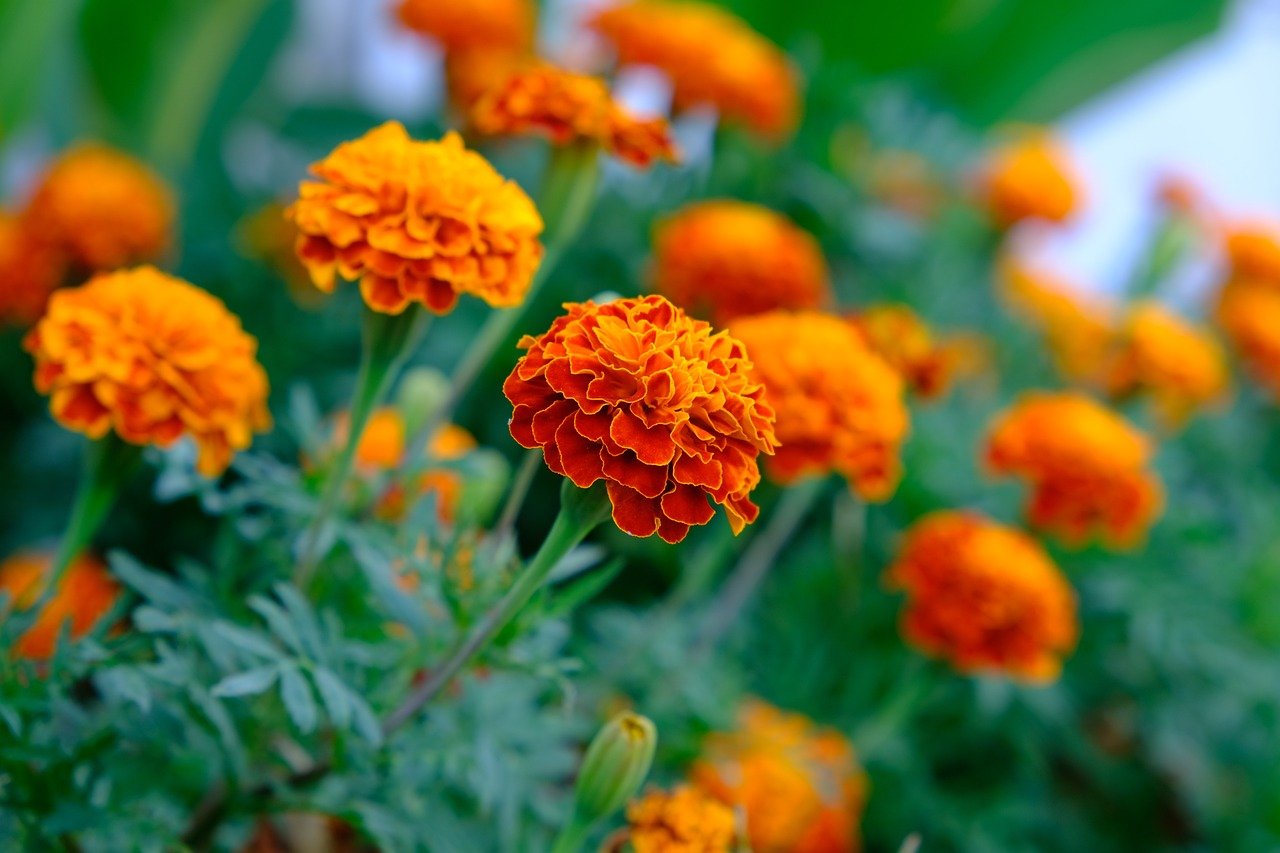

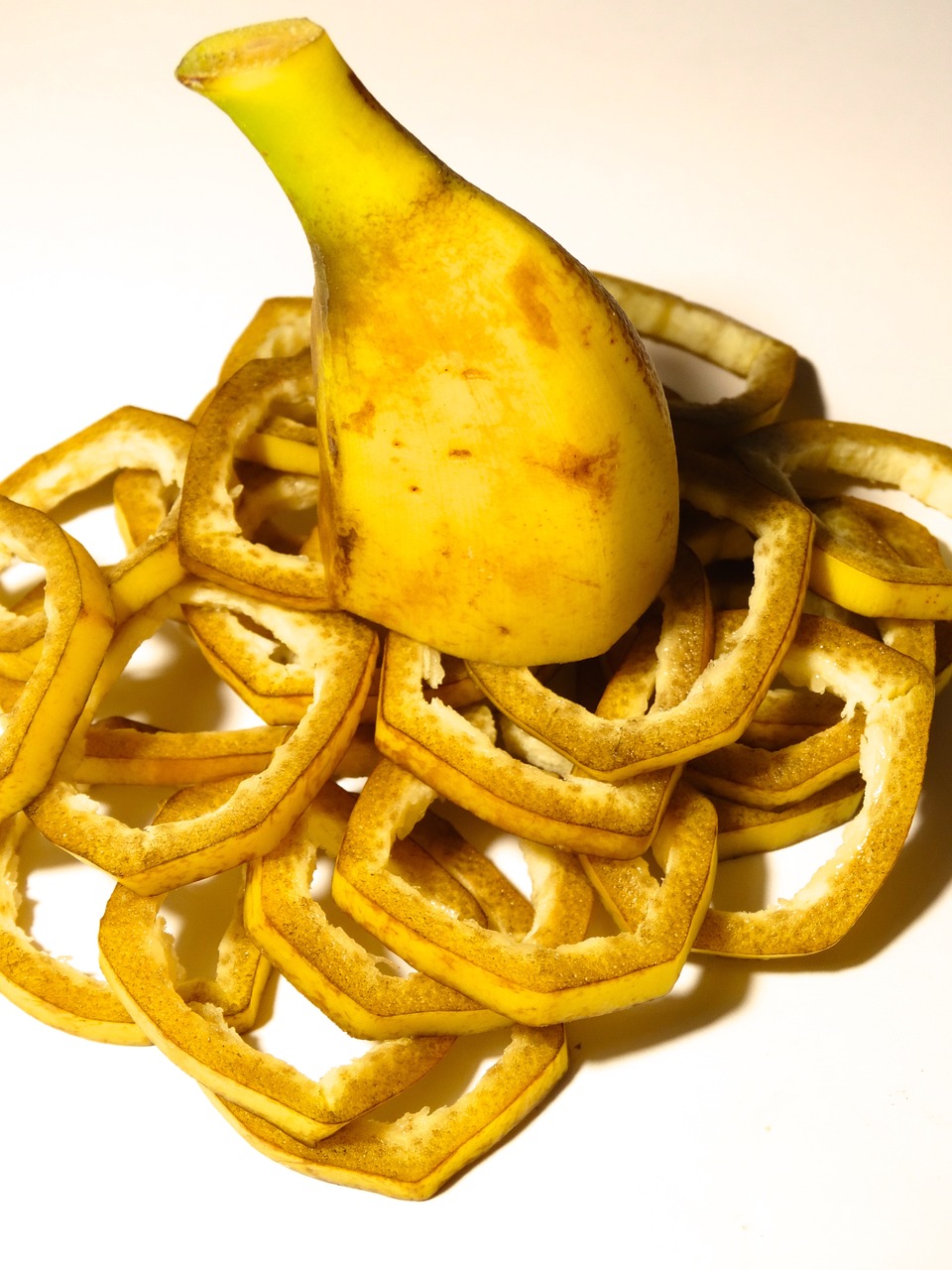

Great article what is the best veggie to plant in fall
Hi Ernesto,
Thanks for your kinds words. 🙂
Some of the best vegetables to plant in the fall are broccoli, cauliflower, Brussels sprouts, carrots, lettuce, spinach, kale, and radishes. These vegetables thrive in cooler temperatures and can be harvested in late fall or early winter.